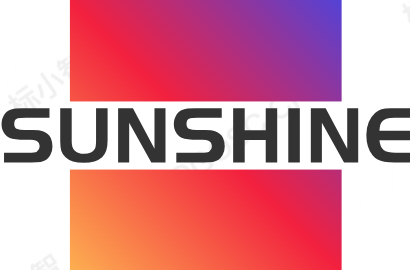What should I pay attention to when decorating in Thailand?
- When decorating a house or shop in Thailand, it is important to consider the local climate, culture, regulations, and construction habits. The following are key points to note:
1. Climate and environmental factors
Moisture and mold prevention: Thailand is humid and hot, and materials should be selected to be moisture resistant and corrosion-resistant (such as stainless steel, ceramic tiles, waterproof coatings) to avoid wood materials being prone to mold.
Ventilation design: Prioritize natural ventilation by installing exhaust fans or sliding doors to reduce reliance on air conditioning.
Heat insulation and sunscreen: It is recommended to use heat insulation materials (such as foam boards and reflective coatings) for roofs and walls, and sun shades or insulating glass can be added for windows.
2. Laws and regulations
Construction permit: Large scale decoration (such as dismantling load-bearing walls) requires approval from the local government, especially for apartment buildings that require property approval.
Restrictions on foreign owners: foreigners should purchase villas (not apartments) in the name of the company or long-term lease, and confirm the legitimacy of property rights before decoration.
Noise time: Construction time is usually limited to daytime working days (such as 8:00-18:00) to avoid disturbing residents during holidays.
3. Construction and Materials
Local procurement: Imported building materials have high costs and slow transportation. It is recommended to choose locally common materials such as Thai tiles and PVC flooring.
Worker habits: Thai workers have a slower pace and need to clarify the construction period and acceptance standards. It is recommended to monitor the progress daily.
Water and electricity renovation: The voltage in Thailand is 220V, and the circuit must comply with TIS standards (similar to international standards). It is recommended to use PPR material for water pipes to prevent rust.
4. Culture and Style
Traditional elements, such as incorporating Thai carvings, Buddhist niche spaces, or Lanna style (in northern regions), should respect local aesthetics.
Color taboo: Avoid large areas of pure black (symbolizing bad luck) and use bright colors such as gold and green.
Religious considerations: Buddhist niches in homes should face east, and monks can be invited to pray for blessings before construction (especially for shops).
5. Budget and Contract
Quotation details: Require itemized quotations (material costs, labor costs), be wary of low price traps (common for later additions).
Contract terms: Clearly define the construction period, warranty period, and liquidated damages. It is recommended to use a bilingual contract in Thai and English to avoid verbal agreements.
Tax: The decoration cost may involve a 7% value-added tax (VAT), which needs to be confirmed with the contractor to determine if it includes tax.
6. Other details
Mosquito prevention: Install screen windows, add insect proof covers to drainage outlets, and prevent water accumulation from breeding mosquitoes.
Environmental issues: Properly dispose of construction waste, and some communities require classified and cleared transportation.
Furniture customization: Local solid wood in Thailand (such as teak) has high cost-effectiveness, but FSC certification needs to be confirmed to prevent illegal wood.
Common pitfalls reminder
Communication barrier: Non tourism workers may have limited English proficiency, it is recommended to hire local supervisors or translators.
Rainy season impact: The rainy season from May to October may cause slow drying of walls, so extra time should be reserved.
Key acceptance points: Check waterproofing (bathroom water tightness test), circuit grounding, and tile hollowing rate.
This article is from a submission and does not representThailand Interior Decoration _ House Interior Decoration _ Decoration Design Company-Sunny Cottageposition,If reproduced, please indicate the source:https://www.decorationbydiana.com/21911/
